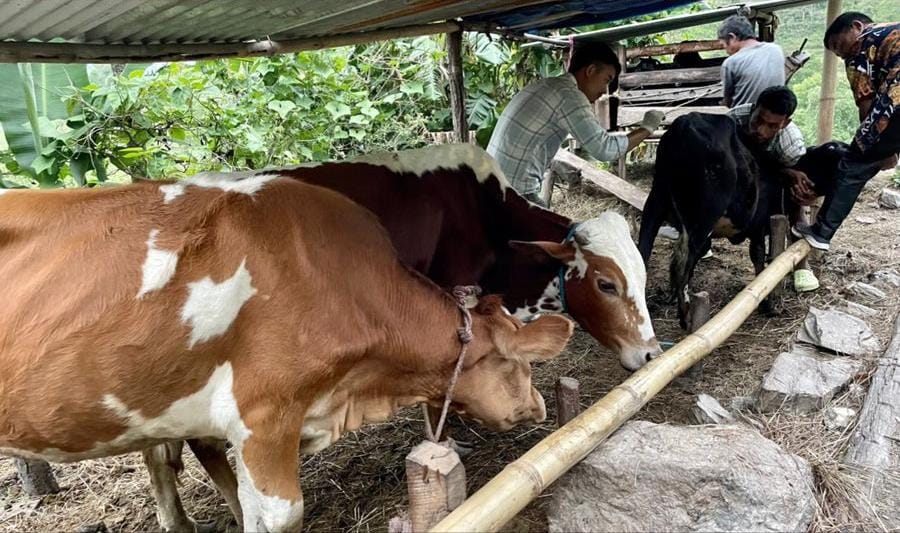
Gangtok, 22 August (PR ACT) : In 2021, the NHPC Teesta-V power station was awarded the ‘Blue Planet Prize’ by the International Hydropower Association (IHA) during the World Hydropower Congress. However, this recognition was met with strong condemnation from local communities who have long protested against dam projects on the Teesta River. A statement released at the time criticized the award, describing it as “an attempt to depoliticize the woes and protests against dams that have persisted for 18 years on the Teesta River.” These sentiments have only intensified following recent catastrophic events.
Despite the accolades, NHPC’s hydropower projects in Sikkim have been accused of disregarding sustainable development practices. In 2023, the collapse of the 1,200 MW Chungthang dam led to a massive disaster along the Teesta River, affecting downstream areas in North Bengal and causing severe damage to the NH10, Sikkim’s lifeline. While official discourse focused on a Glacial Lake Outburst Flood (GLOF) as the cause, there has been little discussion on the role of the dam breach in exacerbating the disaster’s impact.
The most recent incident occurred on a seemingly cheerful Tuesday morning when a massive landslide at Dipu Dara near Singtam damaged the Balutar Teesta Stage V Gas Insulated Switchgear (GIS) building and the entry tunnel of the powerhouse hydroelectric project. Several houses in the area were also affected. According to local reports, the landslide was caused by the extensive underground tunneling and blasting associated with the Teesta Stage V project. The affected communities fear that more areas, including Dipu Dara, Beng, and Khamdong, could face similar disasters in the future.
The citizens argue that the notion of “run-of-the-river” hydropower projects being low-impact is misleading. While these projects involve smaller submergence areas compared to storage dams, they require extensive tunneling and blasting, leading to severe environmental and social impacts. The Teesta Stage V project, the first of six planned stages to harness 3,635 MW of hydropower along 175 km of the Teesta River, serves as a grim example. Commissioned in 2008, the project involved a 96.45-meter-high concrete gravity dam at Dikchu, diverting water through a 17.5 km tunnel to the powerhouse at Balutar. However, the project has been non-operational since October 2023, following significant damage from a GLOF that caused widespread destruction along the Teesta River basin.
While the GLOF was a natural event, the disaster was undeniably worsened by the cascade of dams along the Teesta. The floodwaters swept away everything in their path—homes, bridges, livestock, and infrastructure—resulting in severe damage across four districts of Sikkim and downstream areas of North Bengal. The hydropower projects have not only exacerbated the region’s pre-existing hazards but also created new geomorphological challenges.
As Sikkim struggles with inflation, a shattered economy, and collapsed infrastructure, including critical road and bridge connections in areas like Dzongu, Lachen, and Lachung, the state’s citizens are left to grapple with the ongoing consequences. The village of Toong Naga in North Sikkim, where nearly 300 households were destroyed due to the GLOF and the Teesta III dam breach, serves as a stark reminder of the human cost of these projects.
In light of these events, the citizens of Sikkim are appealing to the state government to reconsider its current developmental model, particularly regarding hydropower projects. They urge the government to halt the controversial NHPC 520 MW Stage IV project and consider decommissioning existing dams like NHPC Stage V and Stage III, given the region’s vulnerability to GLOFs and the accelerating impacts of climate change. The call is clear: it’s time to rethink the future of hydropower in Sikkim before it’s too late.
(Retrieved Via PR ACT, 22 Aug 2024)






